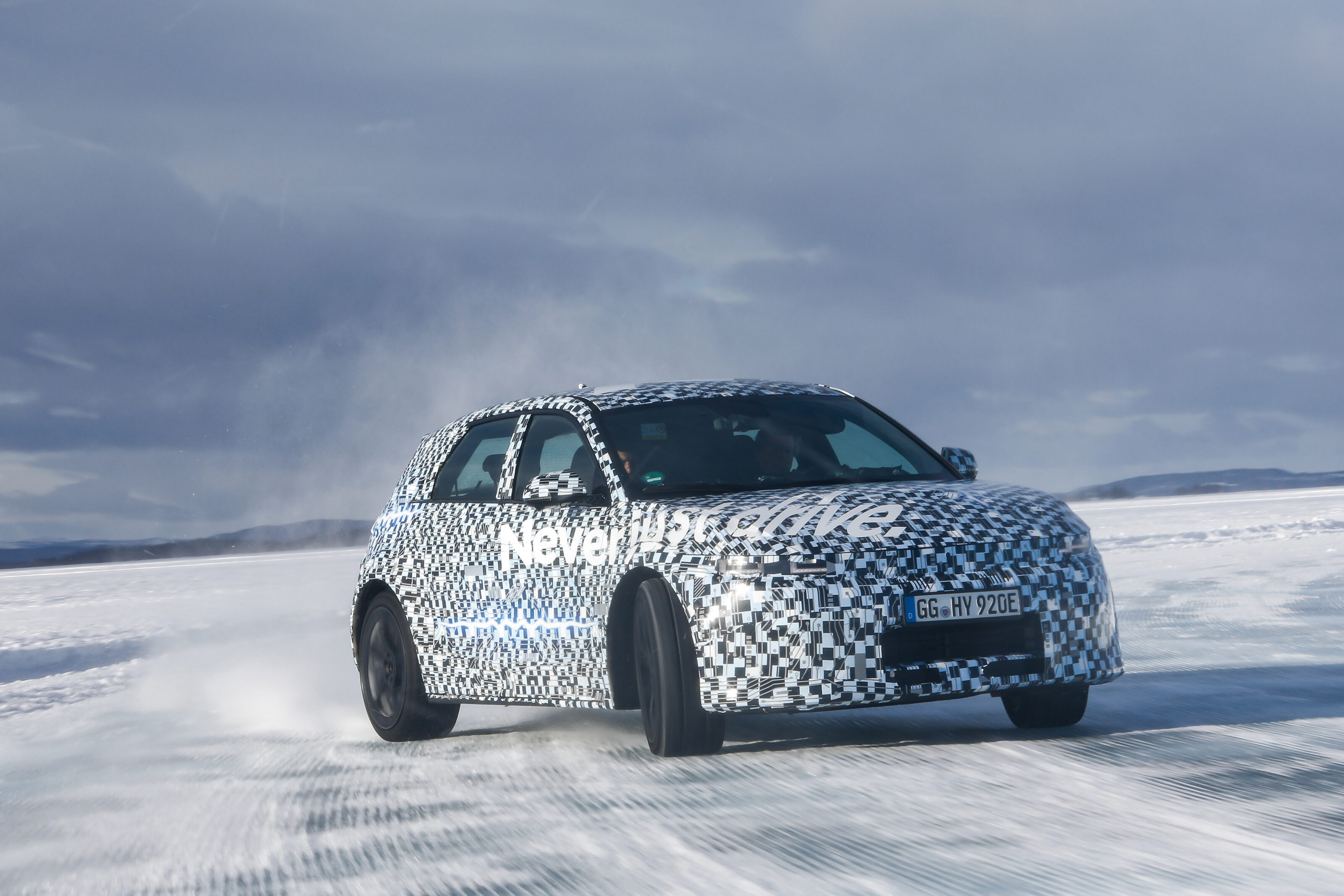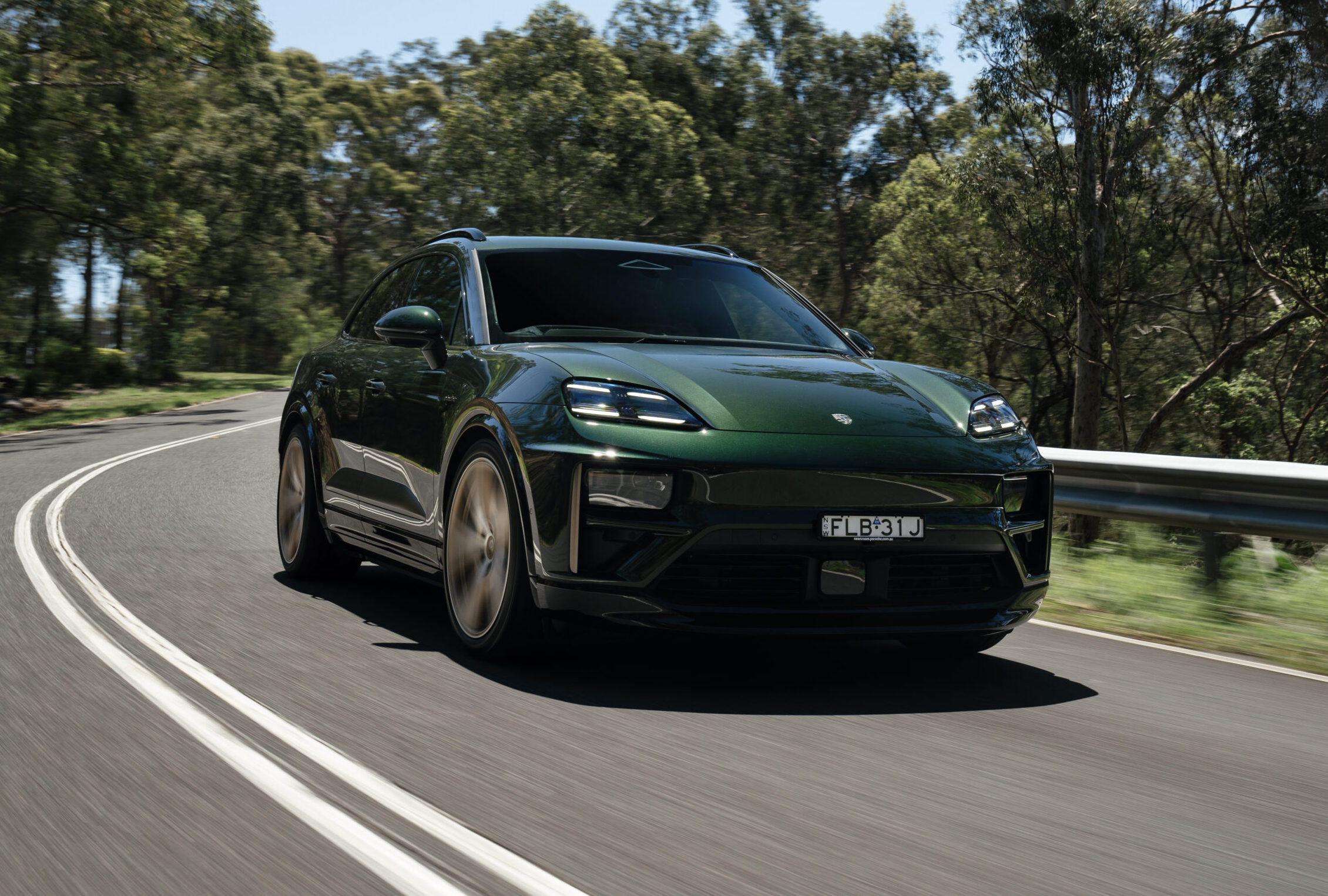Things we like
- Expertly engineered to entertain
- Promises to be good value
- Synthetic ICE mimicry
Not so much
- Steering wheel overloaded with buttons
- We want to know more about it
- Synthetic ICE mimicry
Out on the ice, it’s apparent that what the tall, trim, grey-haired engineer told me last night is true. Like he said, the rear of the Ioniq 5 N does snap sideways “just like that” in Drift Optimiser mode.
“As a kind of advice, you really have to overcome your limits in yaw angle,” the 60-something German continued. “You have to really let it go far, drifting, and then almost go to steering lock.” Remembering this, lap after sideways lap of the large circle scraped into the surface of the frozen lake isn’t all that hard…
Albert Biermann is always worth listening to.

The now 60-something German spent more than three decades at BMW, where he guided the development of some of its greatest M models, before moving in 2015 to Korea to mastermind, among other things, the creation of Hyundai’s high-performance N division.
Three years later Biermann was made R&D chief of the entire Hyundai Motor Group, which includes the Kia and Genesis brands. Since retiring from that post in late 2021 and moving back to Europe, he’s worked as an executive technical advisor to the company.
So Biermann understands where the Ioniq 5 N has come from better than anyone alive. It was during his time as R&D boss that Hyundai developed its first EV-specific platform, E-GMP, the basis for the Ioniq 5. Before that, he basically wrote the ‘How to Create an N Model’ manual for Hyundai’s engineers.

“Driving fun, accessible for normal drivers; this is what all the N cars stand for,” Biermann says. And this is why Hyundai brought us to icy Arjeplog, just south of the Arctic Circle in northern Sweden.
The Ioniq 5 N, though, is a new kind of N car. It’s the division’s first EV and first all-wheel-drive model. Its pair of electric motors will certainly make it the most powerful N car ever. The Ioniq 5 already has 800-volt battery tech, just like the Taycan, and this N version seems engineered to rival the Porsche for driver thrills.
But neither Biermann nor any of the other Hyundai engineers here are prepared to discuss the Ioniq 5 N in depth. They’ll not revealing maximum power and torque outputs, performance claims, or even steering, brake and suspension changes.

The car doesn’t go into production until later this year and won’t reach Australia until sometime in the first half of 2024. The pair of prototypes in Arjeplog are works in progress, we’re told. Though the Ioniq 5 N’s hardware has been finalised, software development continues.
“Power is just enough, you know,” Biermann teased.
“And performance is more than enough … Our most important measure is driving fun. It’s not 0-100km/h, top speed, lap time. It’s all bullshit.”
Finding the grip to get some impression of the Ioniq 5 N’s acceleration and handling potential is impossible at these moose-shit latitudes. But slippery lakes and snowy test roads are just fine for finding out lots about the skill and sophistication of a car’s electronic systems.

Helping ensure these had plenty to do, Hyundai had fitted the 21-inch wheels of the camo-clad Ioniq 5 N prototypes with normal winter tyres, not the metal-studded rubber that every other car seen on the roads of Arjeplog was wearing.
The Ioniq 5 N’s Drift Optimiser mode is impressively effective on the Swedish ice. Though it won’t prevent spinning on a super slippery surface, it does provide great support for any driver with some grasp of the basic techniques of drifting. Which would be me…
But Drift Optimiser is only one among many new electronic systems the N team has developed specifically for the Ioniq 5 N. And they’re all designed to extend the driving enjoyment envelope, often by offering options to alter the Hyundai’s behaviour.

Getting at them usually means using controls on the car’s thick-rimmed, N-specific steering wheel. Sports seats and a raised storage area between the front seats that doubles as a leg brace are other notable interior alterations.
In addition to a pair of rotary controllers below the steering wheel boss, there are extra thumb buttons just above each of its horizontal spokes. All of these were covered by camo-pattern tape in the prototypes, presumably to conceal still-secret functions and features.
But Hyundai did assign development engineer Chris Nigemeier to ride in the passenger seat during my time in the Ioniq 5 N. His main job? Telling me which buttons to push, in what order.

It’s in N mode where most of the fun is to be found, including Drift Optimiser (though ESC also has to be deactivated with the brake pedal pressed, and a legal disclaimer accepted).
A second press of the N button switches to custom mode, which offers an extensive menu of variables. Few, if any, ICE-powered performance cars offer so much tunability as this Hyundai will.
And no other EV makes such an effort to make an ex-ICE driver feel at home. Press the right buttons and the Ioniq 5 N will perform a convincing impression of something with pounding pistons and a dual-clutch transmission.

Nigemeier calls it N Grin Shift, and it’s weirdly impressive. There are visual and aural cues; a large tachometer (redline 7000rpm, but everything it displays is pure fantasy) and an electronic motor sound (it continues to ‘idle’ when the car, and the innards of its motors, are stationary).
Tapping the paddle shifters changes both needle position and sound, while the electric motors mimic the pause in power delivery of a gearshift. Changing up there’s a reduction of torque in the higher virtual gear, shifting down there’s an increase in motor braking. On the Swedish ice, the tech also makes it obvious when the rear end has lost grip and the tyres are spinning up.
It’s totally synthetic and charmingly sincere at the same time. Some will love it, while those who hate its inauthenticity don’t have to turn it on.

The Ioniq 5 N will be officially revealed in all its factual glory at the Goodwood Festival of Speed in July. Though the Hyundai engineers and execs at Arjeplog had been instructed to keep some vital stats secret until that time, all lips weren’t zipped all the way shut all of the time.
We’re confident the combined maximum output of the Ioniq 5 N’s two motors will be very close to 450kW. Though it will weigh around 2.5 tonnes, its 0-100km/h time will be in the vicinity of 3.5 seconds.
Numbers like this guarantee the Ioniq 5 N a place among the high-performance EV elite. At the same time, Hyundai’s N division has clearly worked very hard to make this EV a real entertainer.

The cost of admission, too, should be impressive. Value is always an N division objective. “No other car should even come close in the N car’s segment when it comes to fun-per-dollar,” said Albert Biermann. “And I’m pretty sure Ioniq 5 N will be the same story, like i30 N, i20 N and Kona.”
Hyundai Australia is expected to price the Ioniq 5 N at around $100,000. Though this would be a roughly 25 per cent increase compared to the basic dual-motor Ioniq 5 Techniq, it’s also less than half the money Porsche wants for a Taycan EV with similar performance. Brilliant.

Australia’s best electric cars for 2023
We’ve tested nearly every EV below six figures in Australia to rank the best on sale today

Energy range
How far will the Ioniq 5 N drive on a charge? Too early to say. Because development of the car isn’t complete, it’s not done final WLTP testing. What we do know is that the 5 N will have a next-generation battery pack, probably with a little more capacity than the 74kWh (useable) unit in the current Ioniq 5.
“We have a higher energy density,” said Biermann. “We can get more energy in the same packaging.” Even so, the extra performance and higher aero drag of the Ioniq 5 N means its range is very unlikely to be greater than 400km. The Ioniq 5’s leading fast-charge ability will remain unchanged.
⚡ More EV stories to help you choose the best car for your needs
Things we like
- Expertly engineered to entertain
- Promises to be good value
- Synthetic ICE mimicry
Not so much
- Steering wheel overloaded with buttons
- We want to know more about it
- Synthetic ICE mimicry
We recommend
-
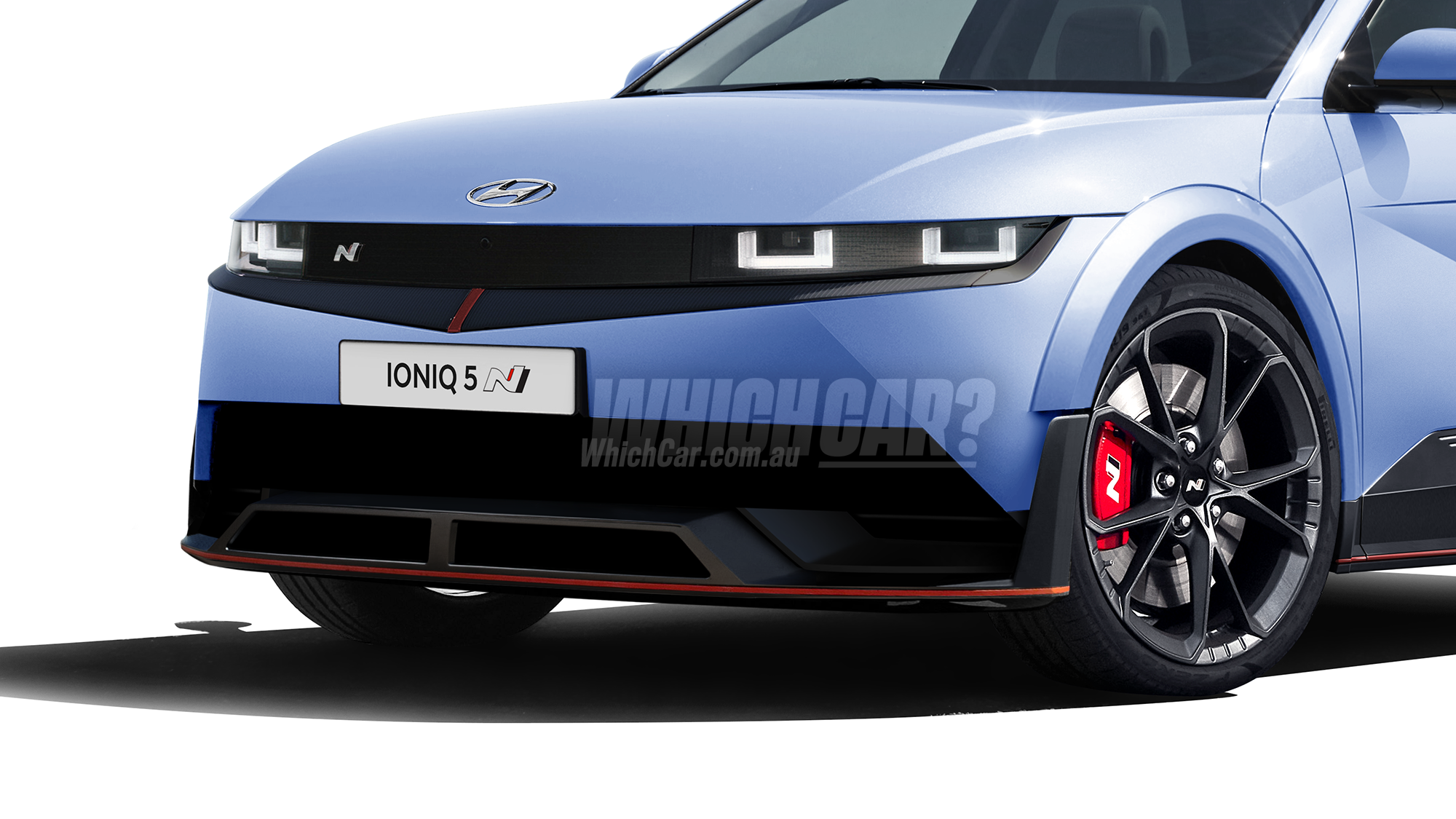 News
News2023 Hyundai Ioniq 5 N spied on the road, and imagined in new renders
Electric foray joins Hyundai N family next year, confirmed for Australia in 2023
-
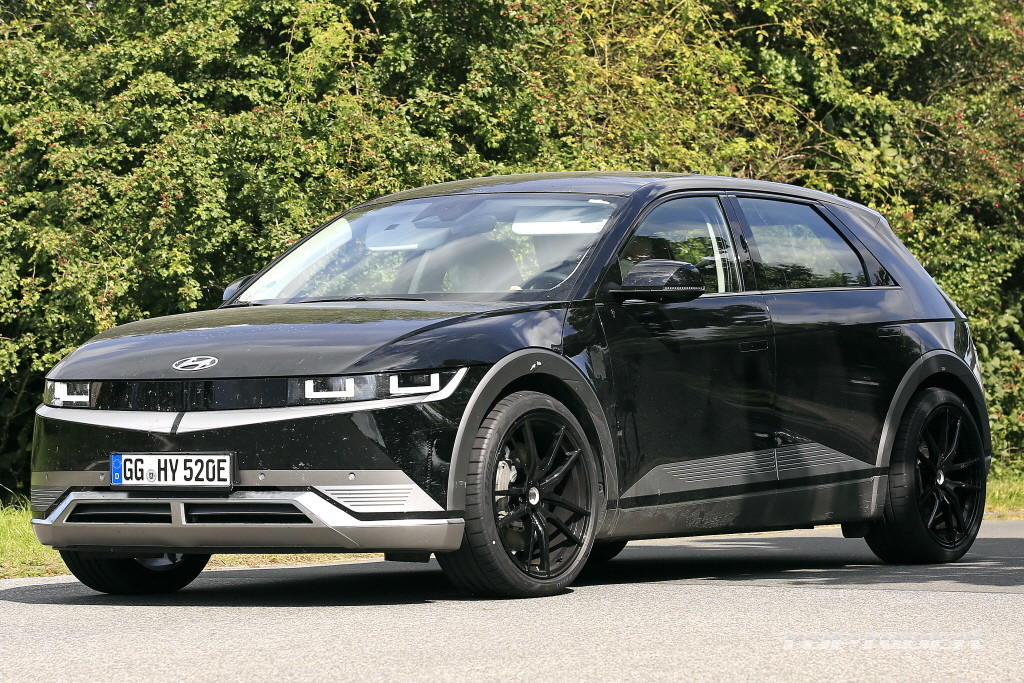 News
News2022 Hyundai Ioniq 5 N spied at the Nürburgring, exec hints it could be on the cards – UPDATE
A high-performance version of the all-electric Hyundai Ioniq 5 has been caught testing
-
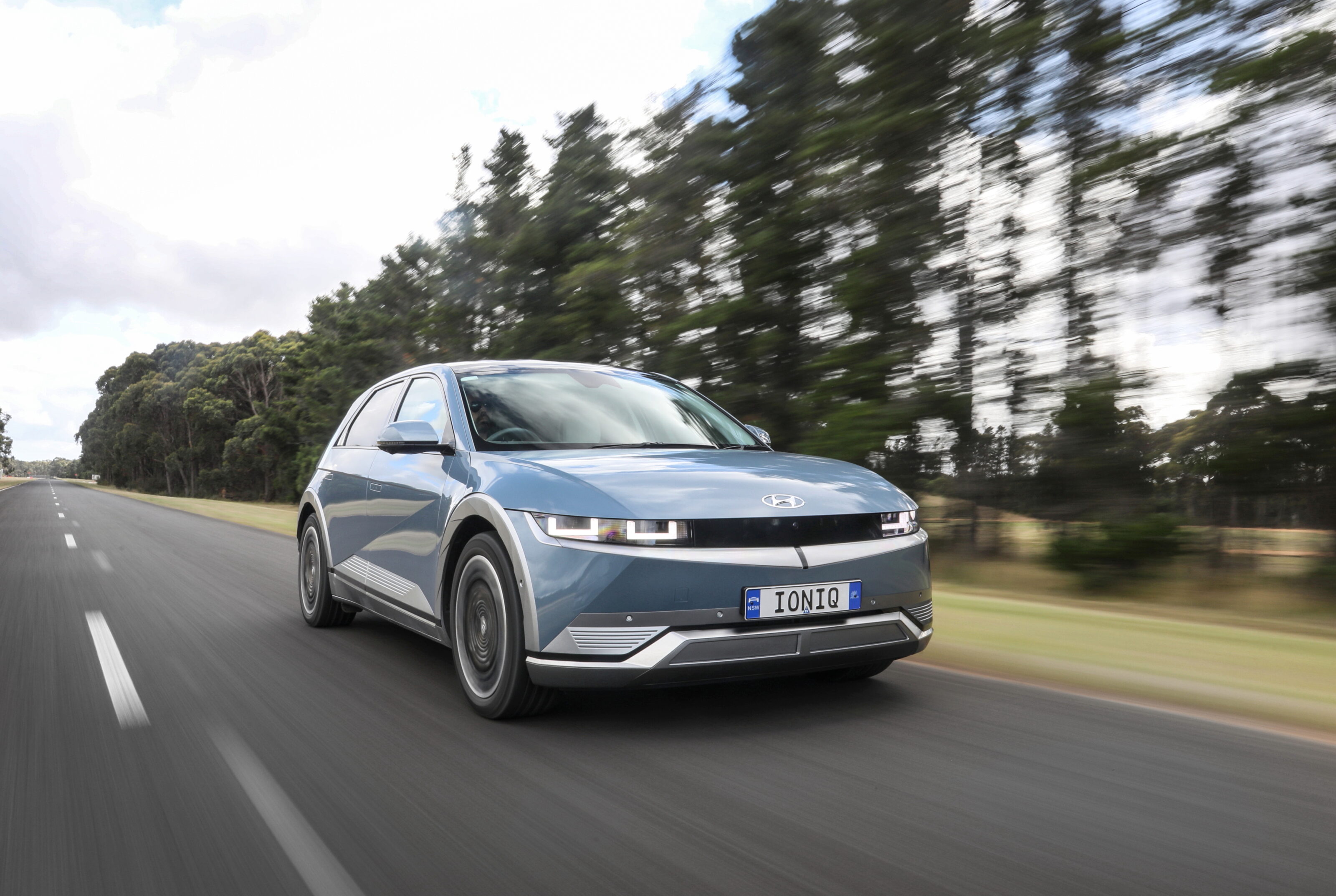 News
News2023 Hyundai Ioniq 5 EV pricing: More coming January 19
Hyundai’s mid-size electric SUV gains more range, power and battery capacity, and a new flagship grade, for 2023


